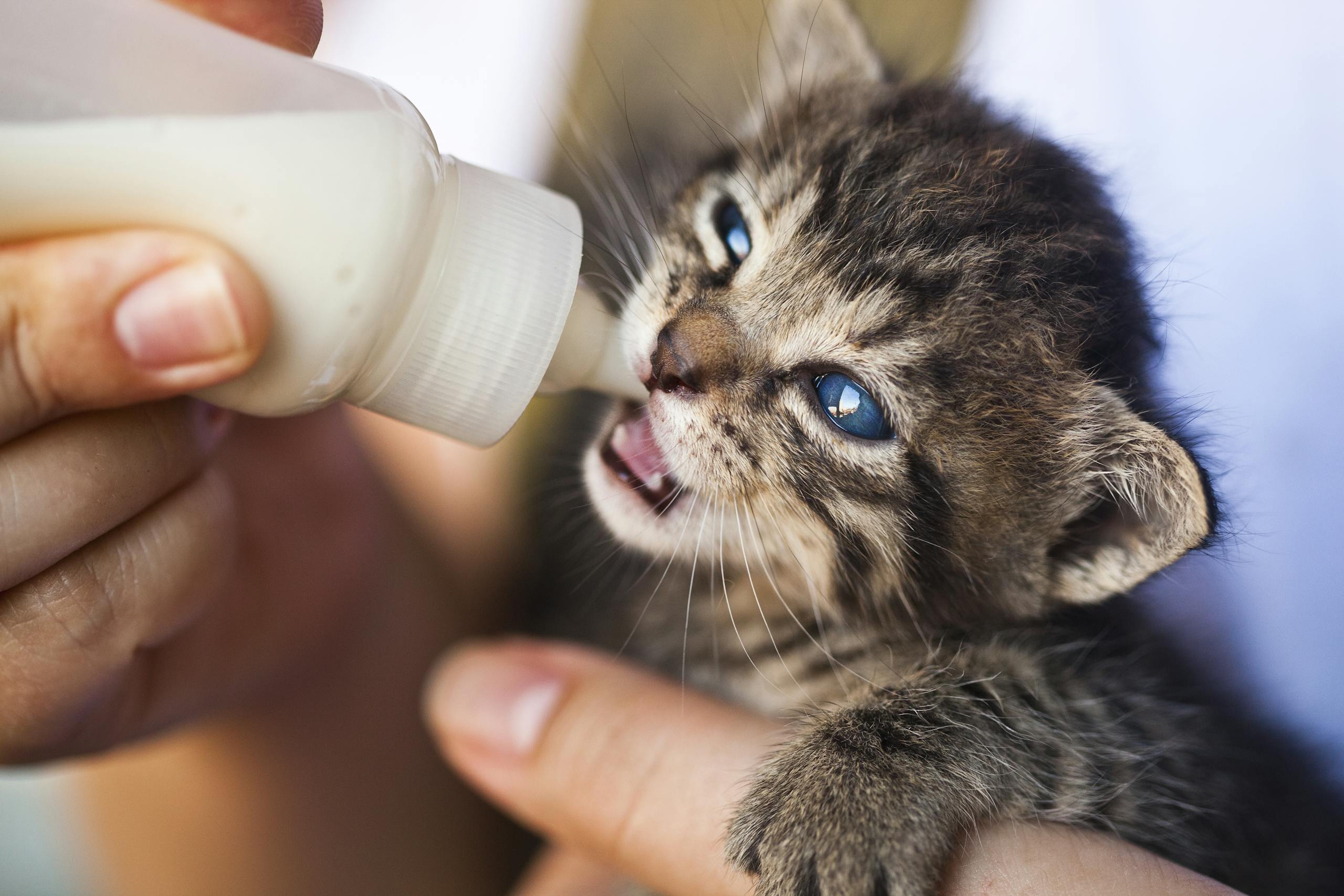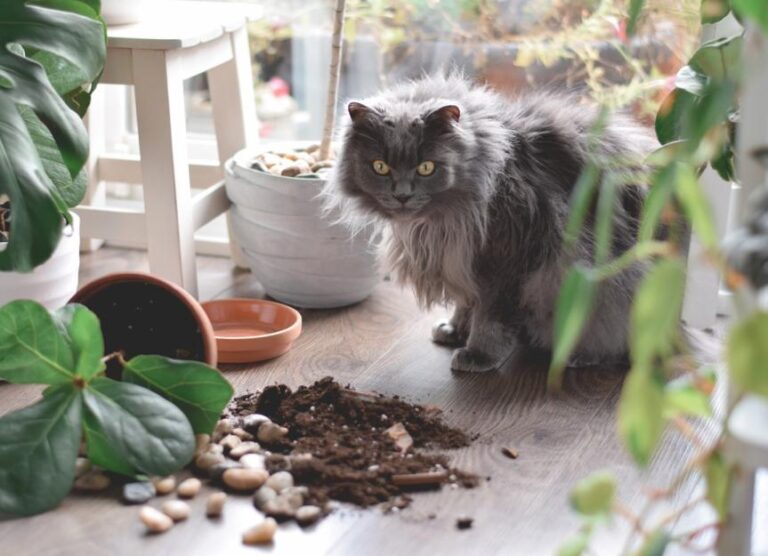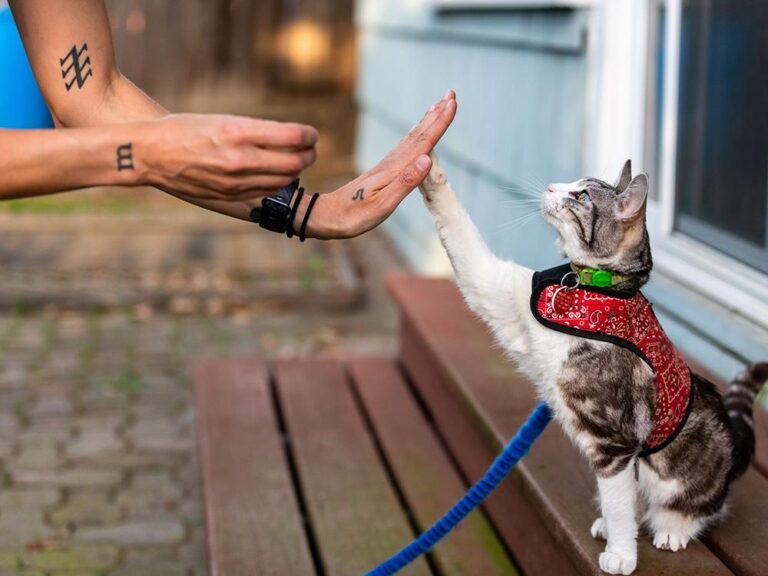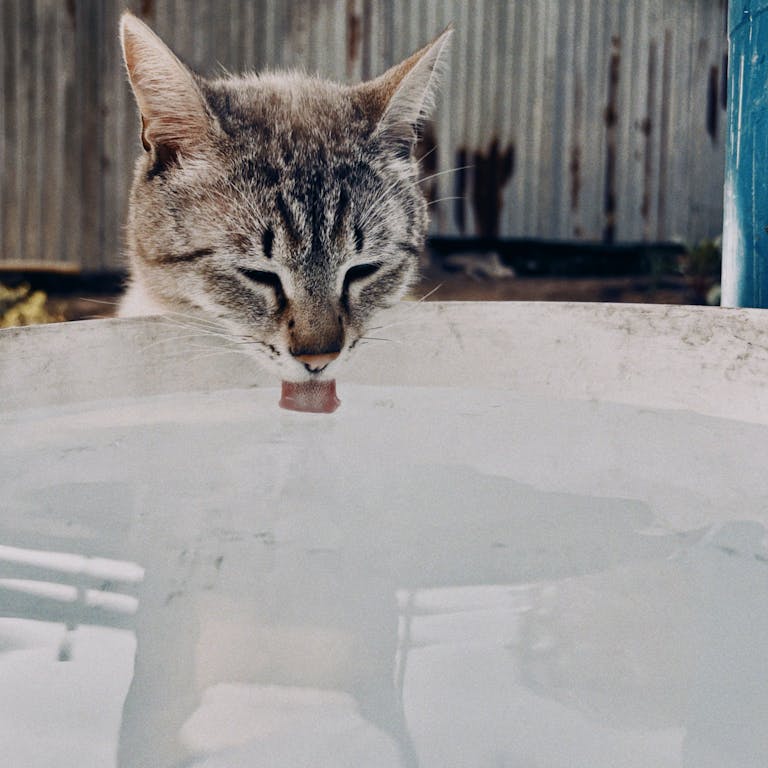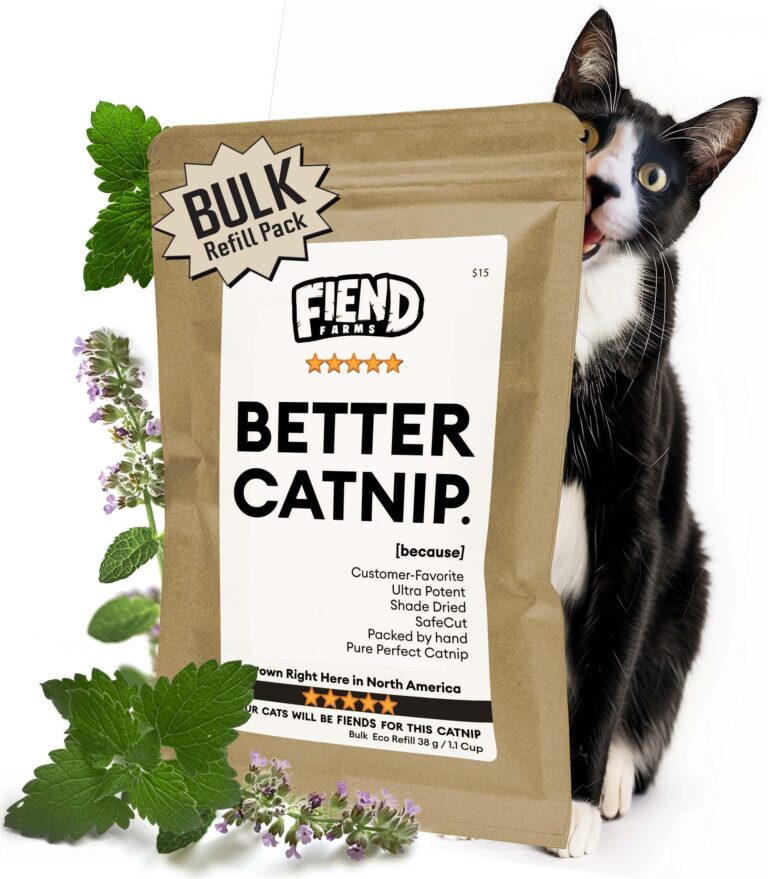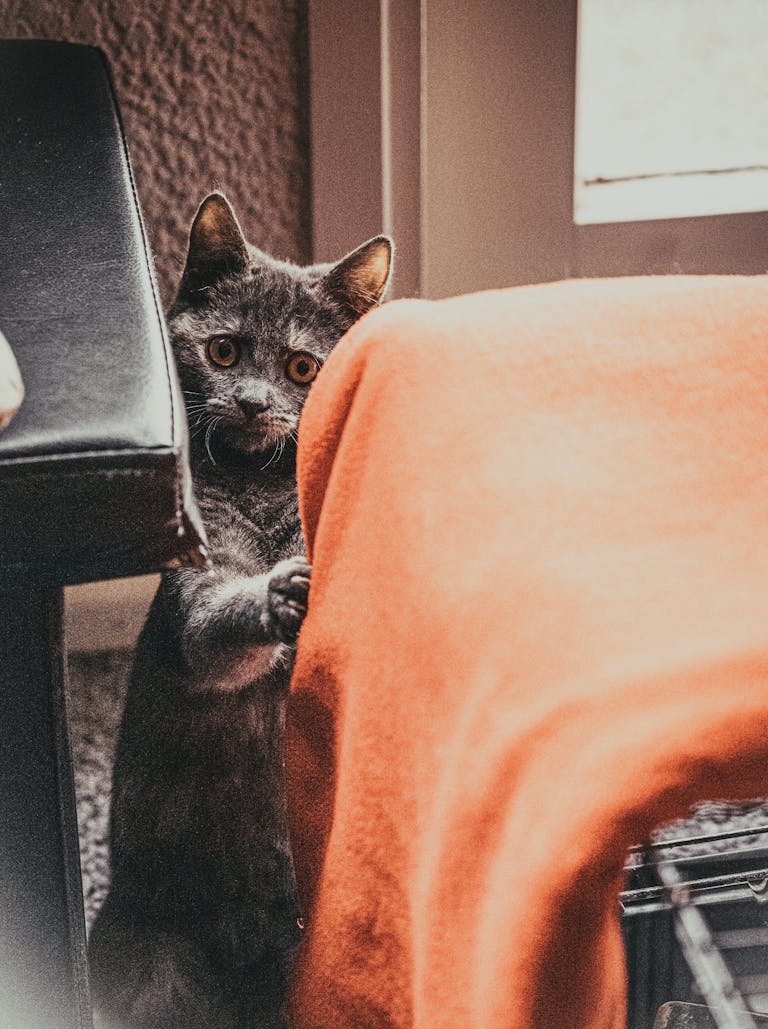What to Feed a Cat With No Teeth: 5 Vet- Approved Tips
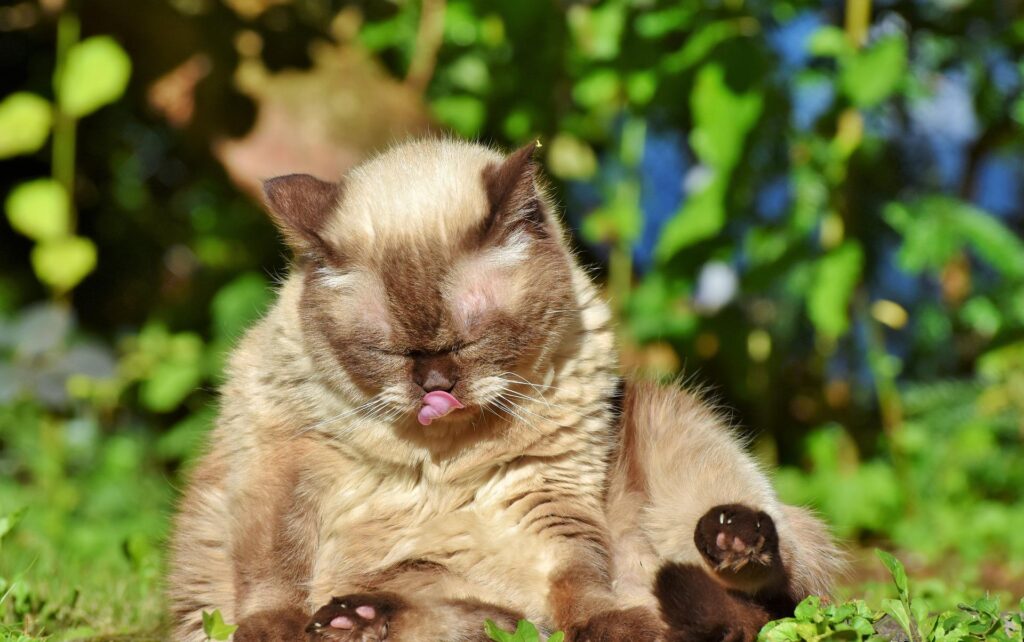
What to Feed a Cat with No Teeth: A Compassionate Guide for Your Fangless Feline
If you’re reading this, chances are your beloved kitty is rocking a smile with a few missing—or all—teeth. Don’t worry, you’re not alone! Many cats lose their teeth due to age, dental disease, or injury, but that doesn’t mean their meals have to go downhill. Watching your whiskered friend struggle with hard kibble can be heartbreaking, but it’s also an opportunity to show extra love by adjusting their diet in a way that keeps mealtime tasty, nutritious, and safe.
So, if you’ve ever wondered, “What to feed a cat with no teeth?” or “Will my toothless kitty still enjoy their food?”—you’re in the right place. Let’s dive into some paw-some tips and tricks to make feeding your toothless cat simple and stress-free!
When Teeth Are Missing, the Nutritious Nosh Still Matters
It might seem like your cat’s eating habits don’t need to change much, but in reality, the way they handle food will shift quite a bit without teeth. Teeth aren’t just for chomping—they help cats rip, tear, and chew their food, which aids digestion and enjoyment. Without them, your cat may struggle with traditional dry kibble or chunky canned food.
Not adjusting the diet can lead to frustration, weight loss, or even malnutrition. Making their meals easier to manage means they’ll stay healthier and happier, and that’s what we all want, right?
What to Feed a Cat With No Teeth: Step-By-Step Guide
1. Switch to Soft or Wet Food
This one’s a no-brainer! Wet cat food is naturally easier to eat because of its soft texture and moisture content. Look for pâtés or finely minced options that don’t require biting or chewing. Many brands even have special diets for senior or dental-sensitive cats.
-
- Tip: Avoid chunky chunks or morsels in gravy unless you shred or mash them first.
2. Soften Dry Kibble for Convenience
If your cat loves their crunchy bites, there’s a way to keep it in their diet without causing discomfort. Soak dry kibble in warm water or low-sodium broth for about 10-15 minutes. This softens the pieces and makes them easier to swallow without losing all the benefits of crunchy food.
-
- Tip: Don’t soak it too long or it might get slimy and unappetizing.
3. Blend or Mash Food for Extra-Tough Cases
Some cats might need food that’s basically baby food. If your kitty can’t manage even softened kibble, try pureeing their wet food with a bit of water or broth to create a smooth, easy-to-lap meal.
-
- Helpful hint: Use a food processor or even a hand blender to get a smooth consistency.
-
- Be sure the food is just warm, not hot, before serving.
4. Keep Hydration Front and Center
Cats who can’t chew well might eat less overall, so ensuring they get enough fluids is important. Wet food helps, but also encourage fresh water with a fountain or multiple water stations around the house.
5. Offer Smaller, More Frequent Meals
Instead of two large meals, try smaller portions throughout the day. This can reduce your kitty’s effort at any single meal and help maintain steady energy levels.
What Not to Do: Mistakes to Dodge When Feeding Your Toothless Cat
-
- Ignoring Dental Health: Even if your cat has no teeth, keep up regular vet check-ups. Gum disease or mouth sores can still be a big problem and affect eating.
- Feeding Hard Dry Kibble Only: It’s tempting to stick with what your cat loved before, but forcing dry food can cause choking or distress.
- Adding Too Many Toppings or Treats: Adding sauces or excessive treats might upset your cat’s tummy or reduce their appetite for the balanced food they need.
- Skipping Texture Variety: While soft food is key, don’t neglect the importance of variety. Mixing different textures and flavors stimulates appetite and keeps mealtime exciting.
Go-To Products That Can Make Feeding Easier
Thankfully, pet food manufacturers have stepped up their game for cats with special needs. Consider checking out some of these options:
-
- Royal Canin Veterinary Diet Dental Soft Loaf — This wet food is designed for dental sensitivity and comes in a soft loaf form that’s easy to eat and digest.
- Hill’s Science Diet Adult 7+ Tender Entrée — Great for senior cats, it’s soft, nutritious, and palatable for those missing teeth.
- Homemade Broths or Purees: A simple way to add moisture and flavor. Just be sure to avoid onions, garlic, and other harmful ingredients.
FAQs: Answering Your Burning Questions About Toothless Cats and Food
Q: Can a toothless cat eat dry kibble at all?
A: While dry kibble can be tough for a toothless cat to handle, soaking it in warm water or broth makes it soft enough for many cats to enjoy without chewing.
Q: Should I switch my cat to a homemade diet if they have no teeth?
A: Homemade diets can be beneficial but require careful balance to meet all nutritional needs. It’s best to consult with your vet or a pet nutritionist before making homemade food the mainstay.
Q: How can I tell if my cat is struggling to eat due to no teeth?
A: Watch for signs like pawing at their mouth, dropping food, weight loss, or avoiding meals. These can indicate discomfort or difficulty, and adjusting the food texture usually helps.
Wrapping It Up: Your Toothless Cat Deserves a Delicious (and Easy!) Bite
Remember, your toothless feline friend still has plenty of love, purr-sonality, and appetite for life’s joys—and with the right care, their meals can be just as satisfying as ever. Here’s to happy tummies and warm cuddles ahead! If you still have concern, always consult a vet for tailored advice.

